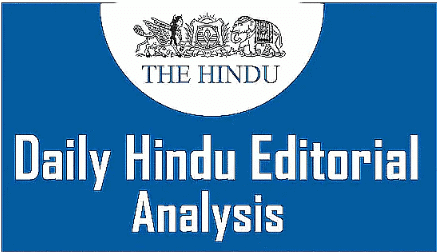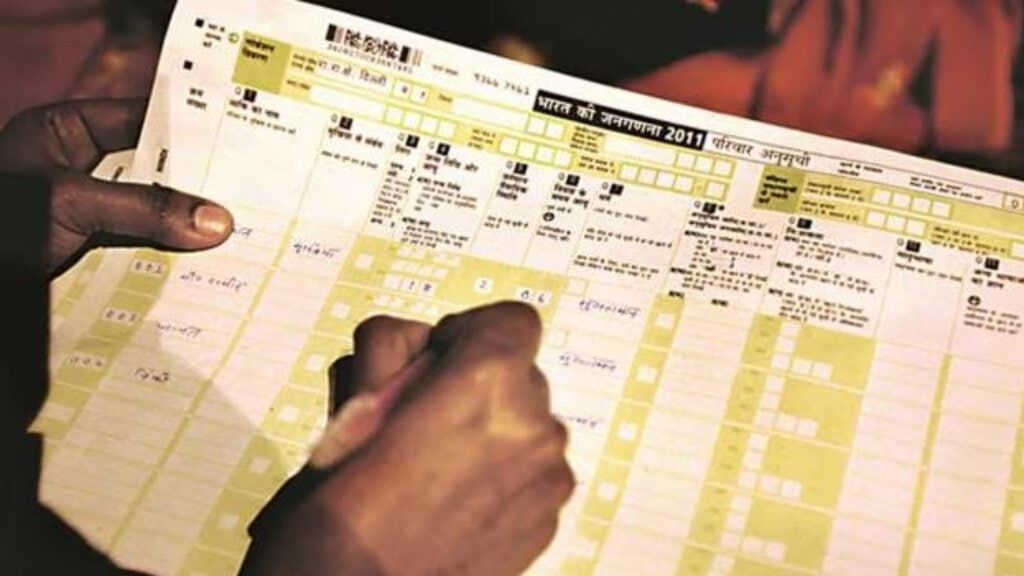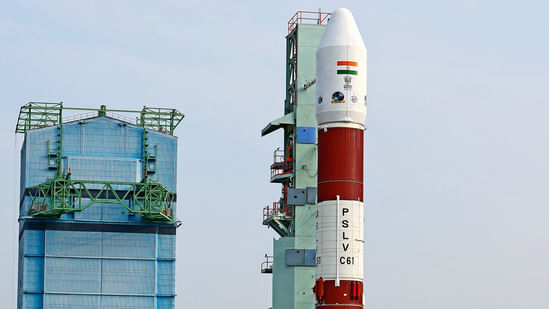The Hindu Editorial Analysis- 19th May 2025 | Current Affairs & Hindu Analysis: Daily, Weekly & Monthly - UPSC PDF Download

A Caste Census is not a Silver Bullet for Social Justice
Why in News?
Census data has been a crucial aspect of public policymaking in India, providing insights into various sectors like health, education, and employment. Recently, the Modi government’s decision to include caste enumeration in the upcoming national Census has sparked significant discussion. While some view it as a necessary step for gathering accurate data on Other Backward Classes (OBCs), others question the timing and intent behind this focus. Critics argue that the government has delayed welfare policies for marginalized groups, using the need for accurate data as a justification.
The merit of caste census
- Supporters argue that a caste census provides an empirical basis to assess the socio-economic conditions of various caste groups, particularly the OBCs.
- They believe such data would facilitate targeted affirmative action and help the state defend welfare schemes in legal settings, where the credibility of surveys and commission reports is often challenged.
- Disaggregated data within the OBC category can reveal intra-group disparities, assisting in policy formulation for Extremely Backward Classes (EBCs).

Cautionary Note
While these arguments are valid, they may overestimate the potential impact of a caste census. Caste enumeration should be a standard institutional practice in a diverse society like India. However, elevating the role of Census data to a prerequisite for justice or the central basis for policy is a flawed and risky interpretation. The Registrar General of India is responsible for collecting neutral, factual data, not for steering policy decisions. Using the Census as a tool for political reform risks politicising the institution and straining its mandate. In a politically polarized environment, maintaining the objectivity of Census operations is essential. It is the responsibility of political leaders to formulate welfare policies based on the best available evidence, rather than postponing action for more data.
Caste-Based Inequality and Policy Response in India
- Social justice initiatives like reservations, land reforms, and the Mandal Commission were executed without the backing of exhaustive statistical data.
- Public policy in India has often been shaped by electoral considerations, ideological beliefs, and public mobilisations, rather than relying solely on survey data.
- The EWS reservation introduced by the Modi government was not grounded in detailed statistical analyses or a commission’s report, highlighting the government’s capacity to implement such measures.
- Since Independence, Scheduled Castes (SCs) and Scheduled Tribes (STs) have been included in the decennial Census, and their disadvantages are consistently reflected in national surveys like the NSSO and NFHS.
- Data from the National Crime Records Bureau (NCRB) shows a rise in crimes against SCs and STs, including sexual violence and offences under the SC/ST (Prevention of Atrocities) Act.
- The Bihar Caste Survey and the Socio-Economic and Caste Census (SECC) reveal significant economic vulnerability and diversity within the OBC category.
- Findings suggest that most OBCs work in informal, insecure, low-income jobs lacking social security and upward mobility.
- Despite the wealth of caste-related data, the central government has not implemented major policy reforms to address these issues nationally.
- Research indicates that SCs, STs, and OBCs are underrepresented in key private sectors like corporates, IT, and media, as well as in state-run institutions, particularly higher education, the judiciary, and top administrative services.
Social justice needs robust political will
- Surveys and research indicate that data alone does not dictate public policy in India; it is the intent of the ruling class and democratic pressure that drive policy decisions.
- A caste census may provide better insights, but it cannot independently resolve issues. Data functions as a guide, requiring direction for effective use.
- For an equitable future, India requires the moral and political vision of its leaders. Even the best evidence is futile without political will.
Conclusion
The real challenge for the national government is not just to collect data on caste-based socio-economic disparities but to implement effective policies that genuinely aim to uplift the most disadvantaged segments of society with sincerity and courage.
Tough Timing
Why in News?
ISRO needs more resources to support India’s military needs. Contemporary spaceflight grapples with a challenging balance among three critical factors: cost, reliability, and time. The recent setback of ISRO’s PSLV-C61 in its attempt to launch the EOS-09 satellite highlights the difficulties in achieving mission success despite significant investments. The EOS-09 satellite, equipped with advanced radar capabilities, was pivotal for both civilian applications and defense surveillance, underscoring the high stakes involved in ensuring dependable space technology.
The Cost-Reliability-Time Triangle in Contemporary Spaceflight
- Space missions today face a challenging balance between cost, reliability, and time.
- It is hard to say for sure if more money leads to better reliability, especially after recent failures.
- For example, ISRO’s PSLV-C61 mission failing to launch the EOS-09 satellite shows these difficulties.
Importance and Capabilities of EOS-09 Satellite

- The EOS-09 satellite was designed to capture high-quality radar images using synthetic aperture radar and C-band data links.
- Its intended civilian uses included land-use mapping and hydrology studies.
- However, it was also crucial for defense surveillance, providing data even in bad weather.
- Given the tensions with Pakistan, this all-weather surveillance data had significant tactical military value.
- The Department of Space inviting Members of Parliament to the launch, which is unusual for a civilian earth-observation satellite, indicated the strategic importance of EOS-09.
Details of the PSLV-C61 Failure
- ISRO Chairman V. Narayanan reported a glitch in the rocket’s third stage shortly after liftoff.
- This malfunction prevented the satellite from reaching the intended altitude.
- The exact cause is still unknown, demonstrating that even a well-understood launch vehicle like PSLV is not foolproof.
India’s Expanding Space Surveillance Ambitions
- India is set to launch the Space-Based Surveillance-3 programme, aiming to deploy 52 surveillance satellites.
- Out of these, 31 satellites will be manufactured by the private sector, although this still requires ISRO’s oversight.
- The programme has become more urgent following Operation Sindoor, which revealed gaps in India’s military space surveillance capabilities.
- During this operation, India had to rely on a foreign commercial operator for frequent satellite data, highlighting the need for improved domestic capabilities.
Challenges: Margin for Error, Urgency, and Pressure
- Small errors in rocket components can lead to mission failure, linking cost directly to reliability.
- Time pressure is intense due to the urgent need for better surveillance capabilities, climate change monitoring, and disaster risk assessment.
- Developers cannot afford delays and must deliver across both civilian and military needs.
Recent Setbacks and Future Needs
- The PSLV-C61 failure follows the January failure of the NVS-02 navigation satellite launch.
- ISRO faces multiple challenges simultaneously, including a growing launch schedule, research and development demands, data acquisition and processing needs, manufacturing capacity limits, and human spaceflight programme development.
- To maintain competitiveness and meet India’s military and civilian space needs, it is reasonable to increase resources allocated to ISRO.
Conclusion
ISRO’s expanding ambitions, such as the Space-Based Surveillance-3 programme, encounter significant technical challenges and time pressures. Recent failures indicate that even reliable rockets like the PSLV are not infallible. To address urgent civilian and military requirements, manufacturing constraints, and sustain global competitiveness, enhancing resources and fostering private sector collaboration are vital for India’s evolving space strategy.
|
38 videos|5293 docs|1118 tests
|
FAQs on The Hindu Editorial Analysis- 19th May 2025 - Current Affairs & Hindu Analysis: Daily, Weekly & Monthly - UPSC
| 1. What is a Caste Census and why is it being discussed in the context of social justice? |  |
| 2. What are the potential benefits of conducting a Caste Census? |  |
| 3. What are the criticisms surrounding the implementation of a Caste Census? |  |
| 4. How does a Caste Census relate to the broader debate on social justice in India? |  |
| 5. What alternatives to a Caste Census could be considered for promoting social justice? |  |
















